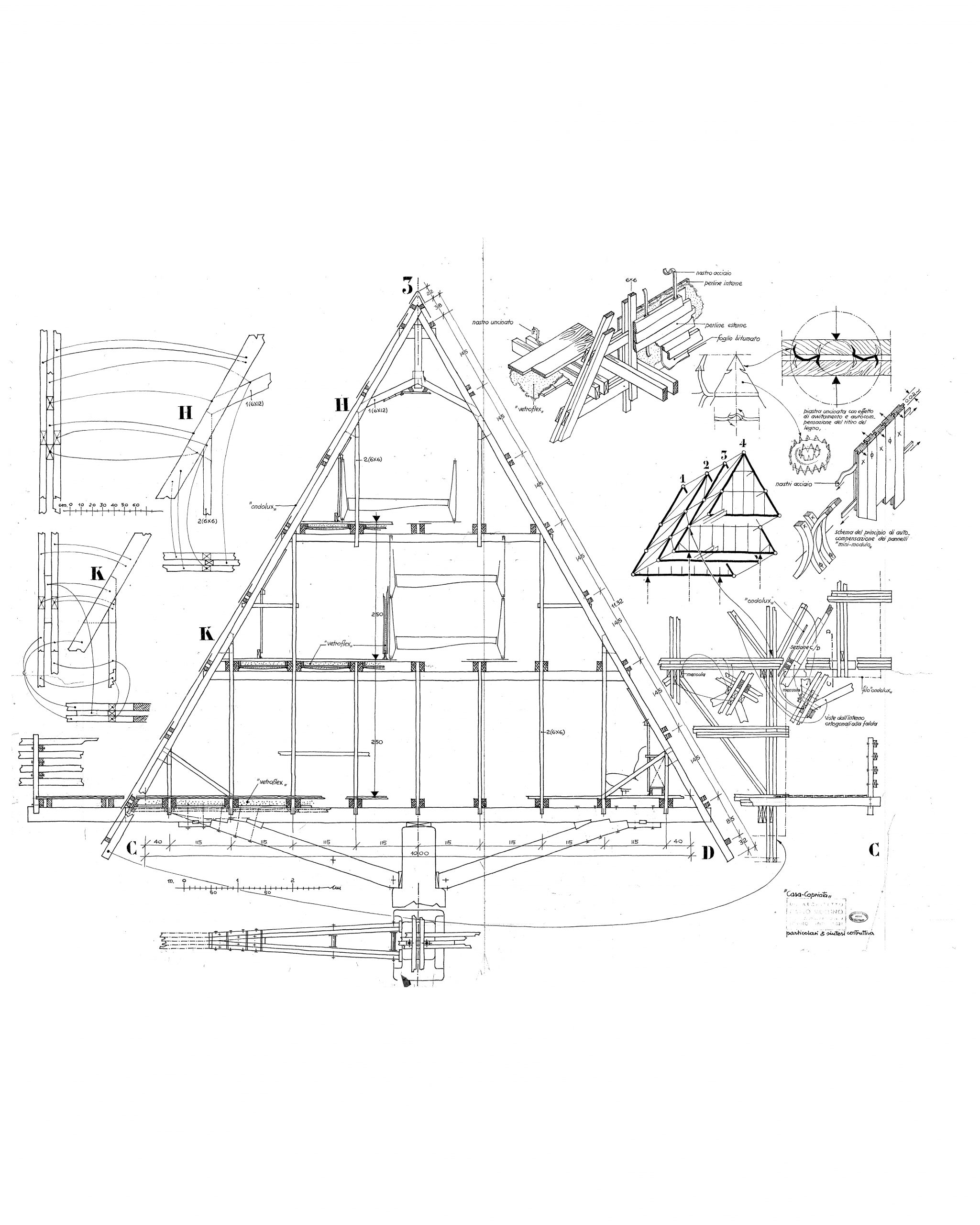
Gli «effetti» della tradizione. Trasmutazioni dell’architettura storica nell’opera di Carlo Mollino
Abstract
As Daniele Vitale wrote, the elements of historical Alpine tradition seem to be, for Mollino, “pretexts” for an exploration and formal manipulation that seeks its ways and directions.
Rural architecture is therefore seen not as the bearer of an “objective rationality”, but as a set of materials that, thanks to the design interpretation, determines unprecedented fields of value. The process that characterizes many of his mountain works rarely follows the linear logic of problem solving but is characterized by a deviation that creates a new value space, a gap that distances it from the outcome considered as a consequential act.
Let us think of the device of recovery and distortion of archetypes and conventional configurations of the historical tradition, which become a pretext for reinterpretations that generate new tectonic and formal meanings. Let us consider also their disassembly and reassembly to understand their constructive relationships, static configurations, tectonic logics, which were reused in the creation of his design devices; or the metamorphic and metasemic transmutations of some constructive figures exasperated to the point that, from being part of a whole, they are amplified and hyperbolized until they coincide with the overall architectural configuration. The essay, by retracing some of Carlo Mollino’s numerous projects developed in the Alpine area and some of his main built works, tries to identify some of the conceptual devices employed in his mountain construction site.







